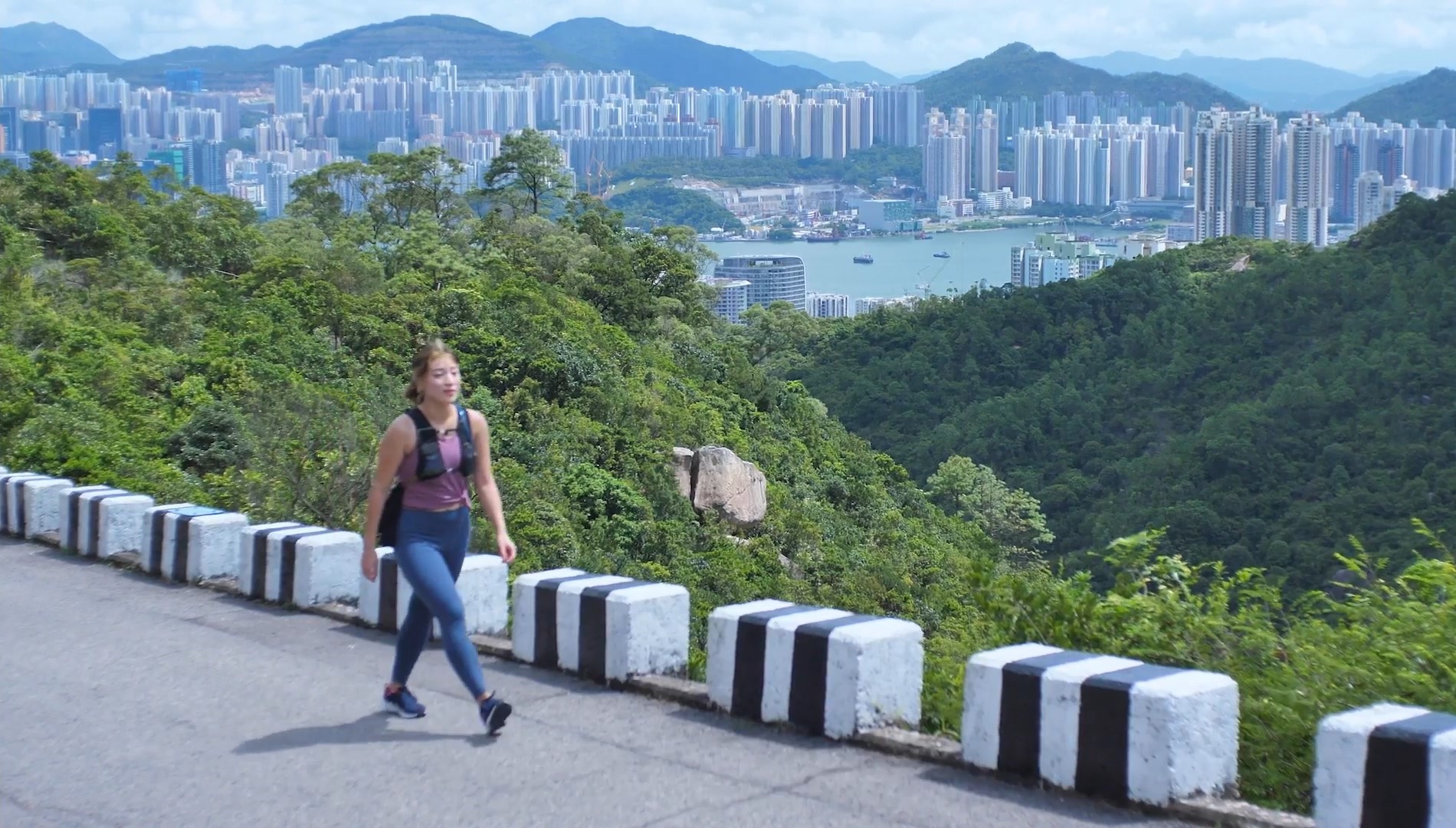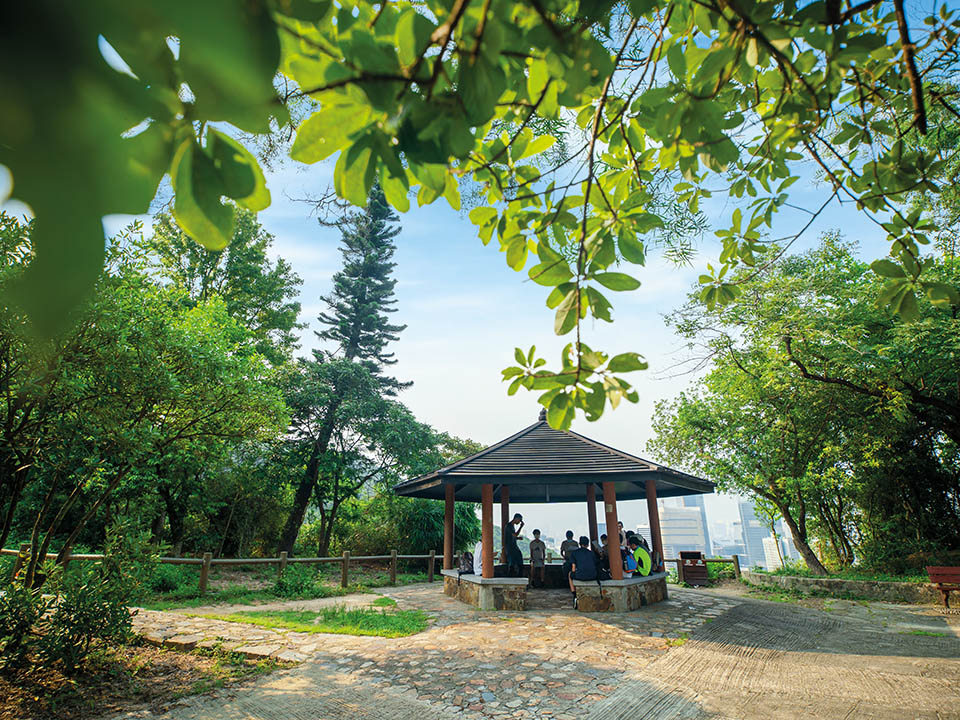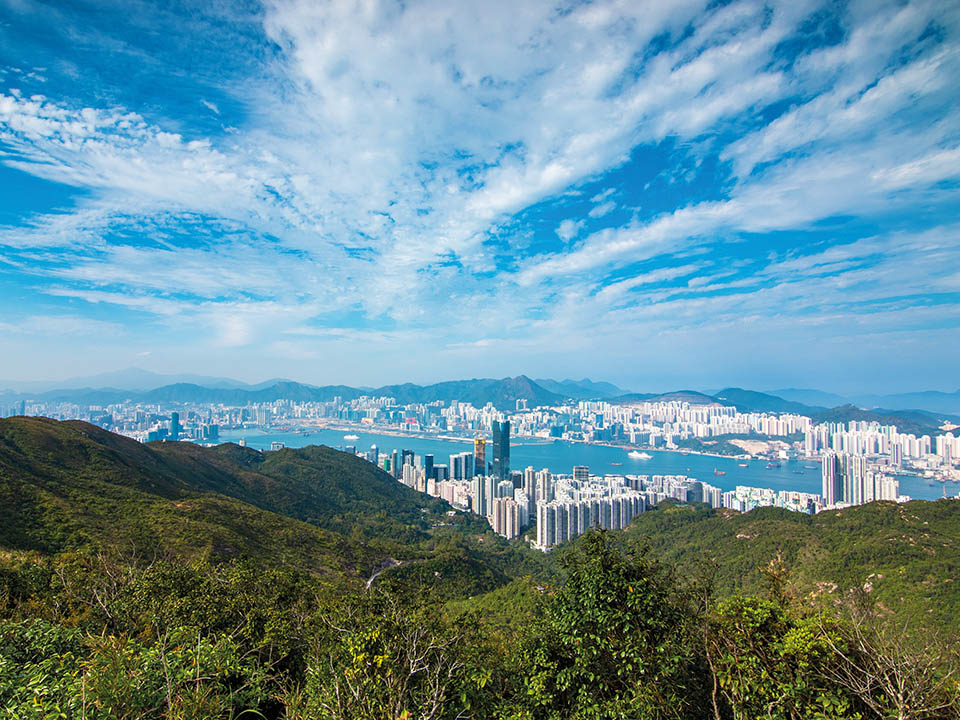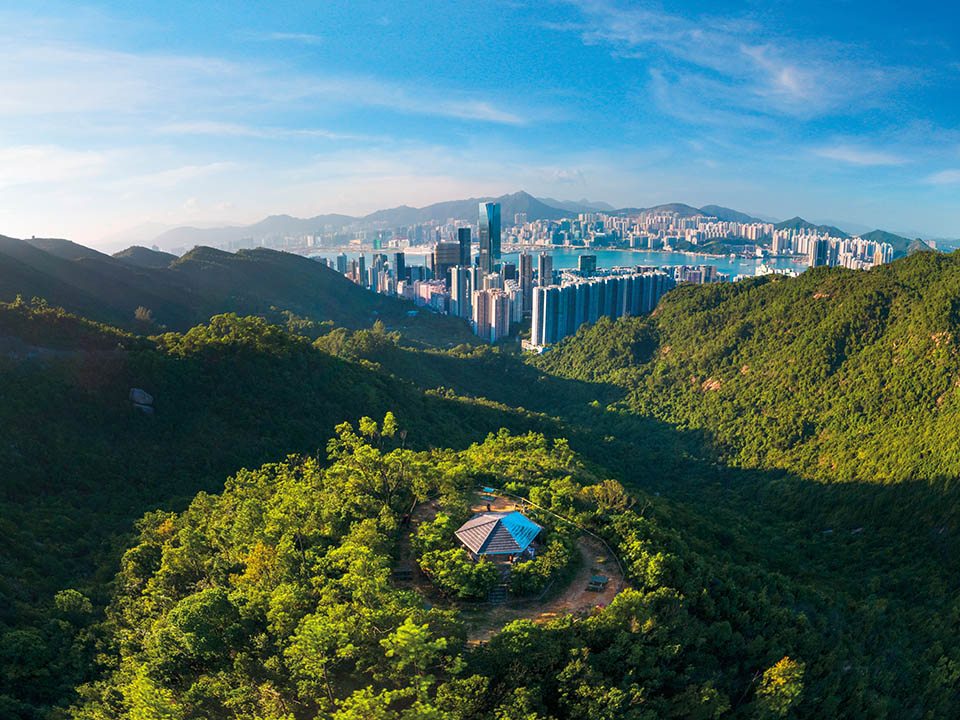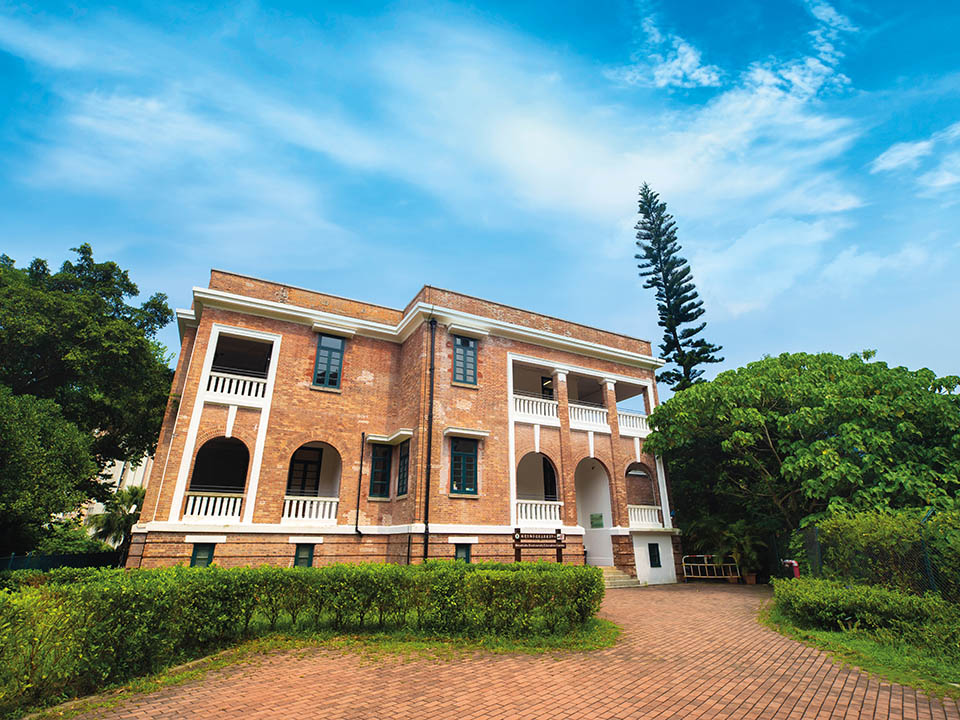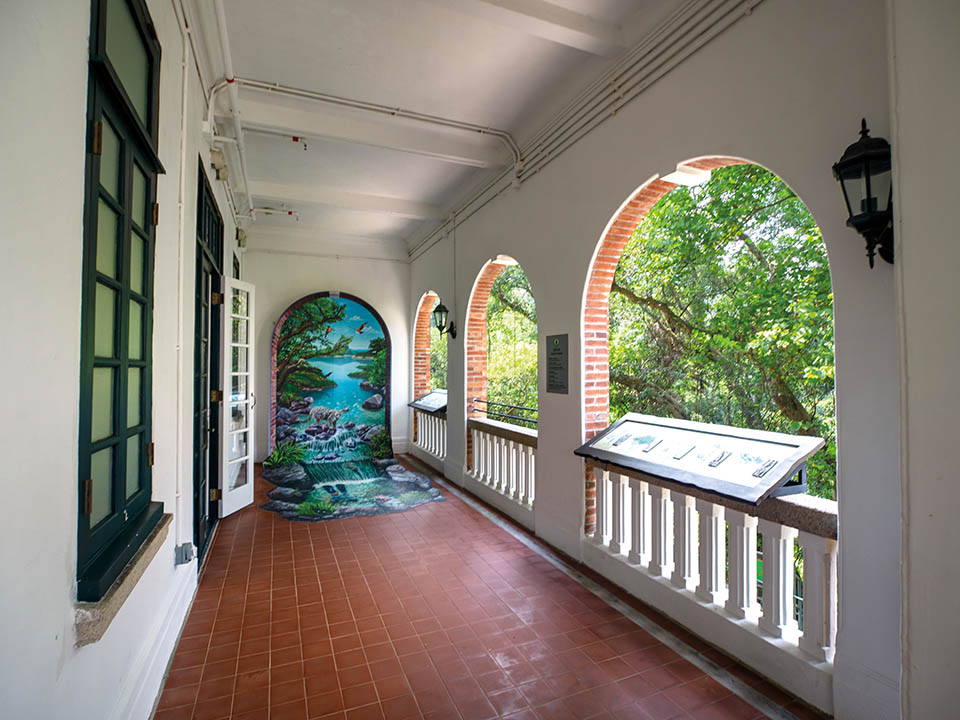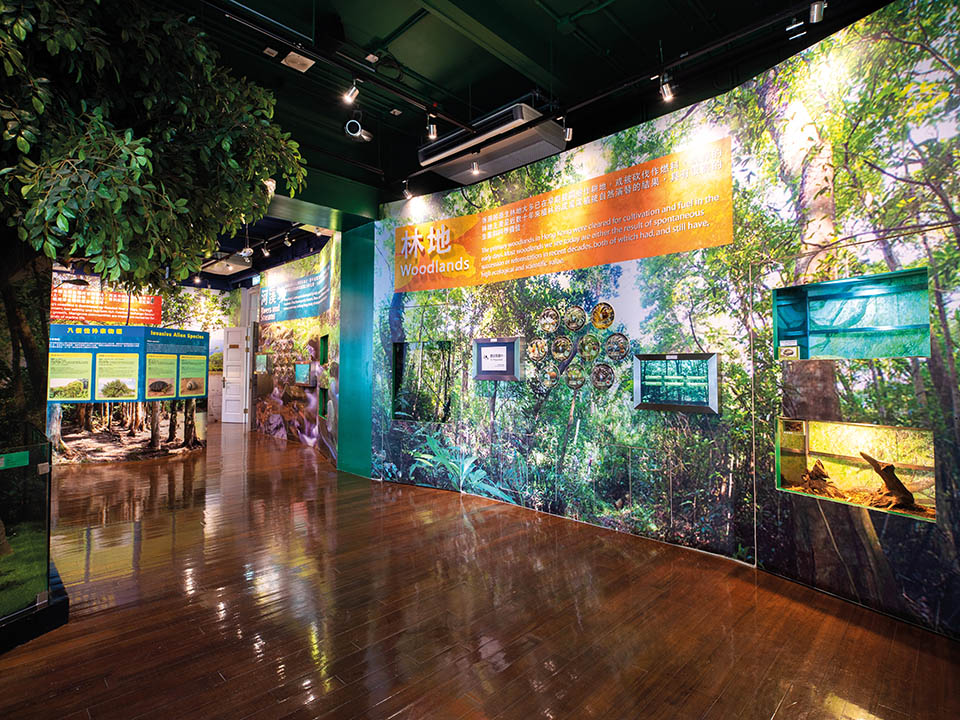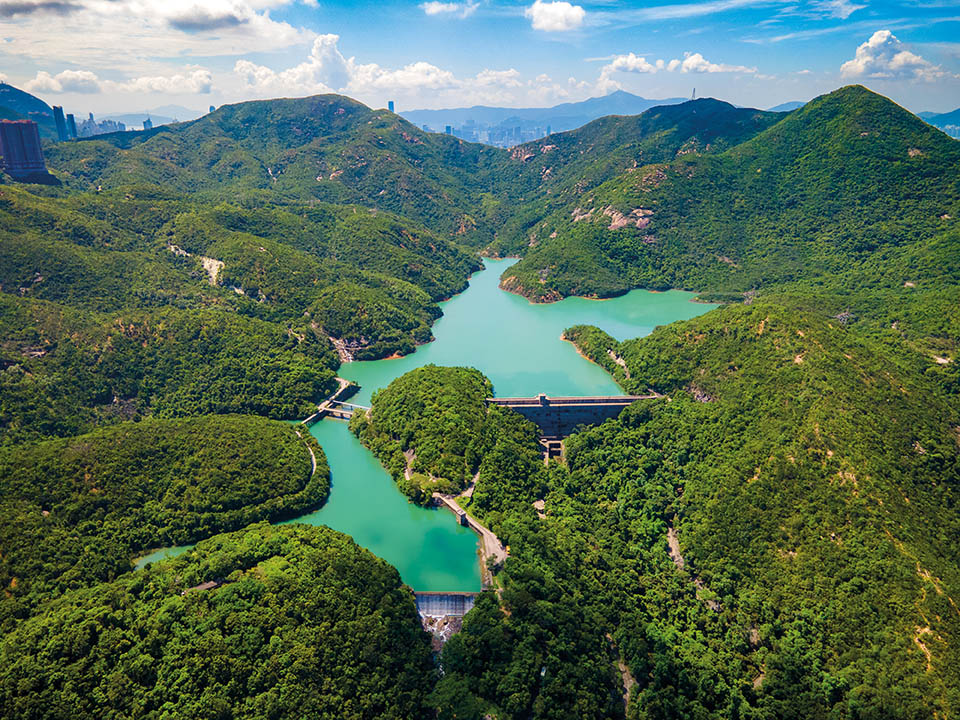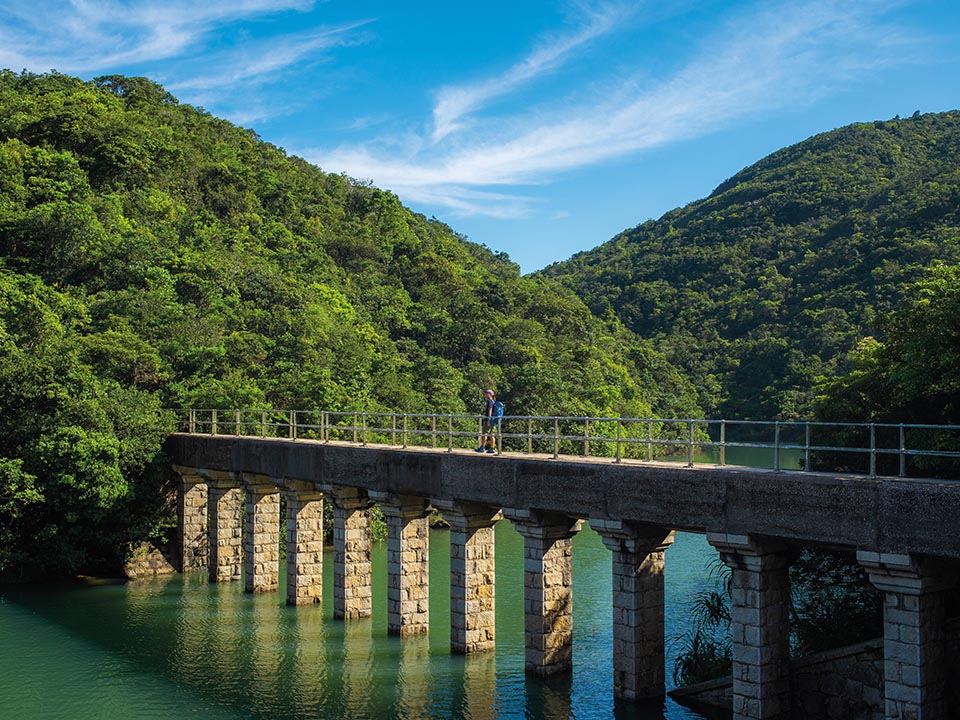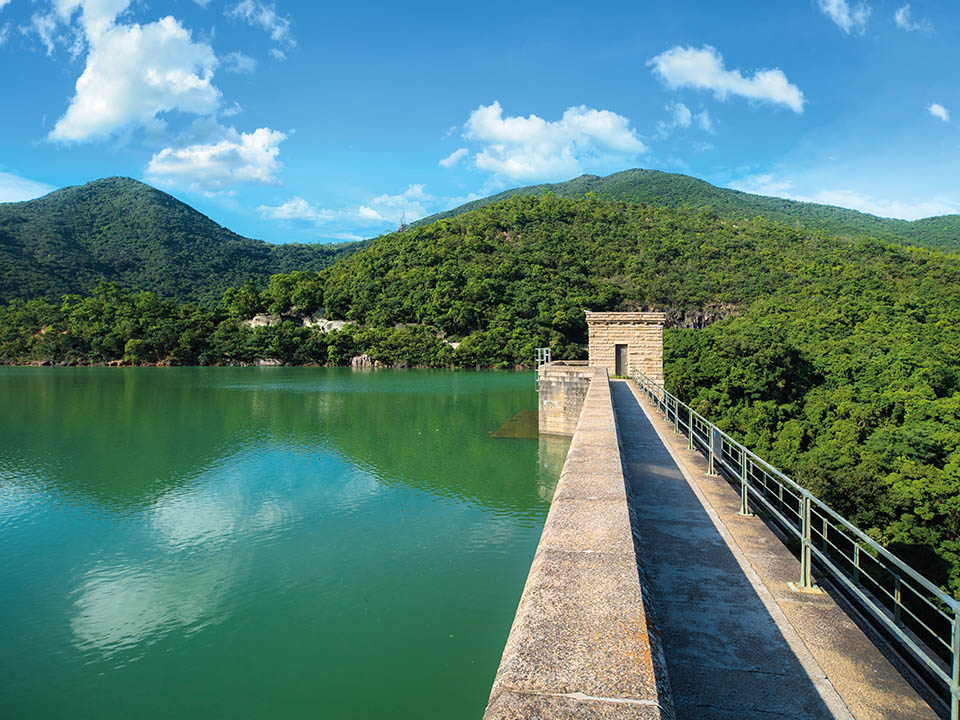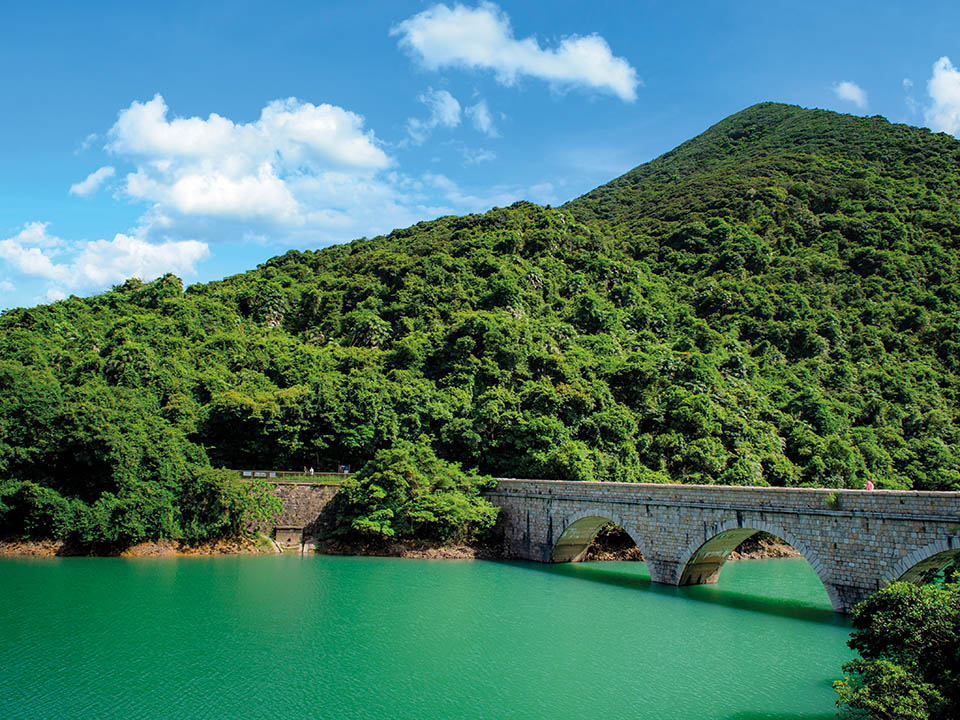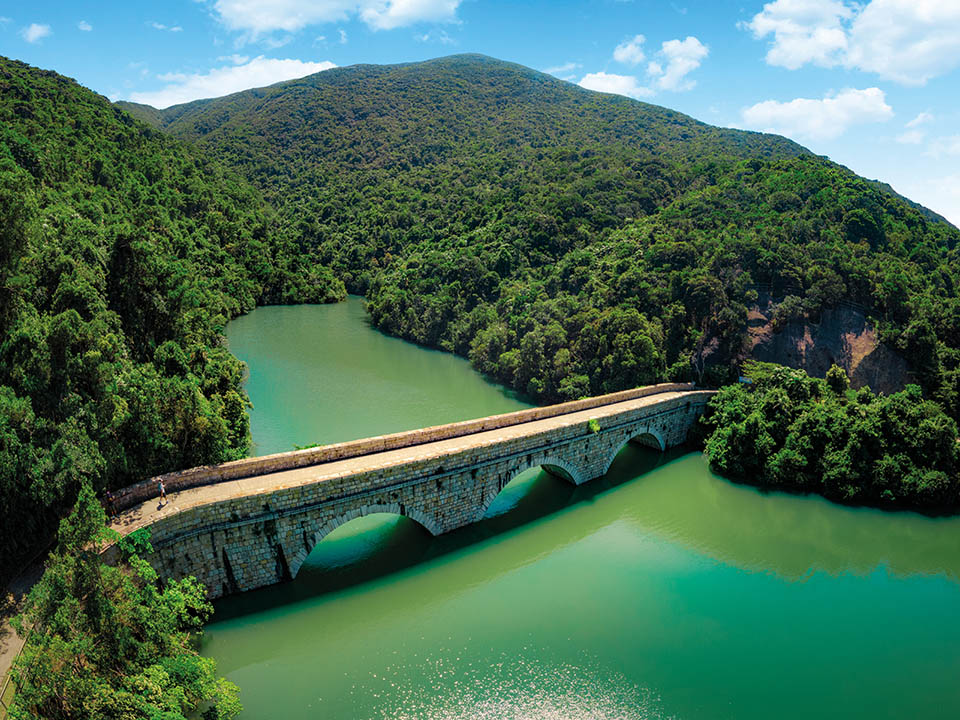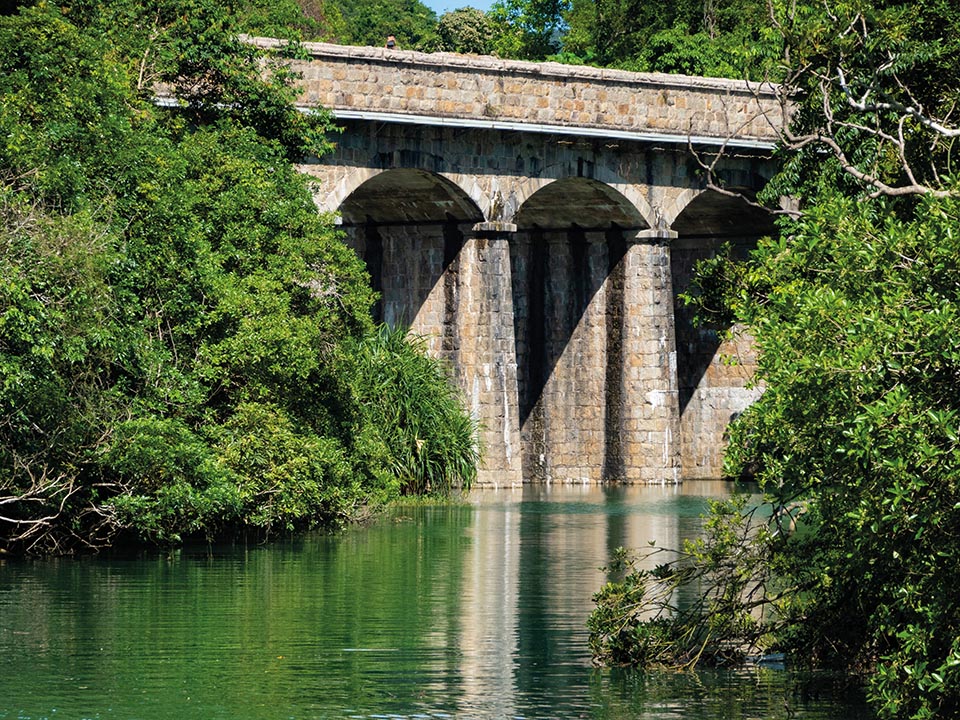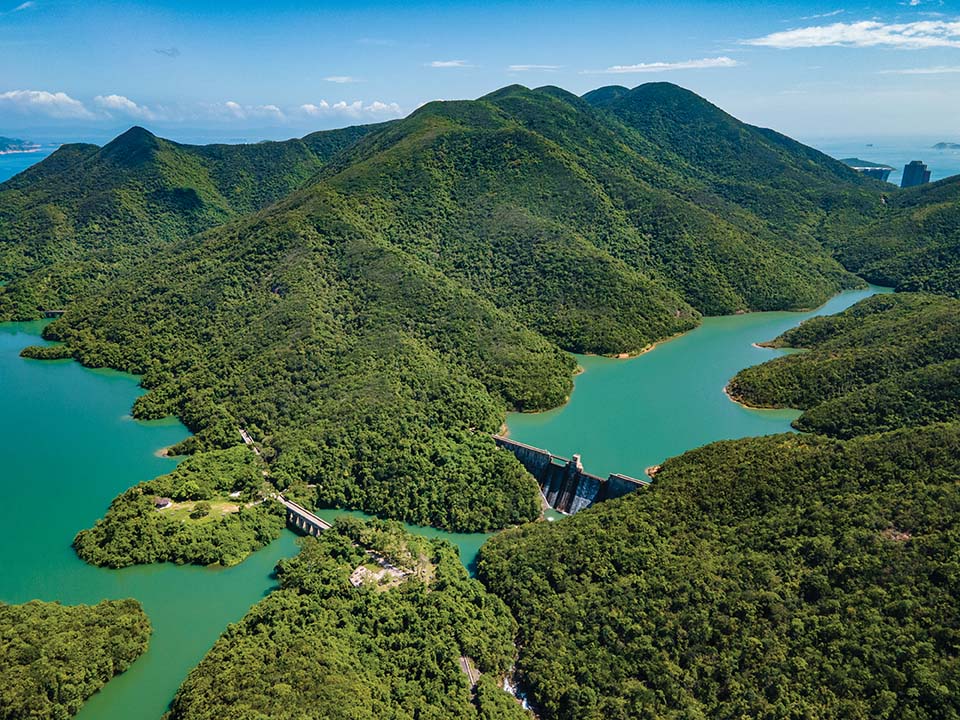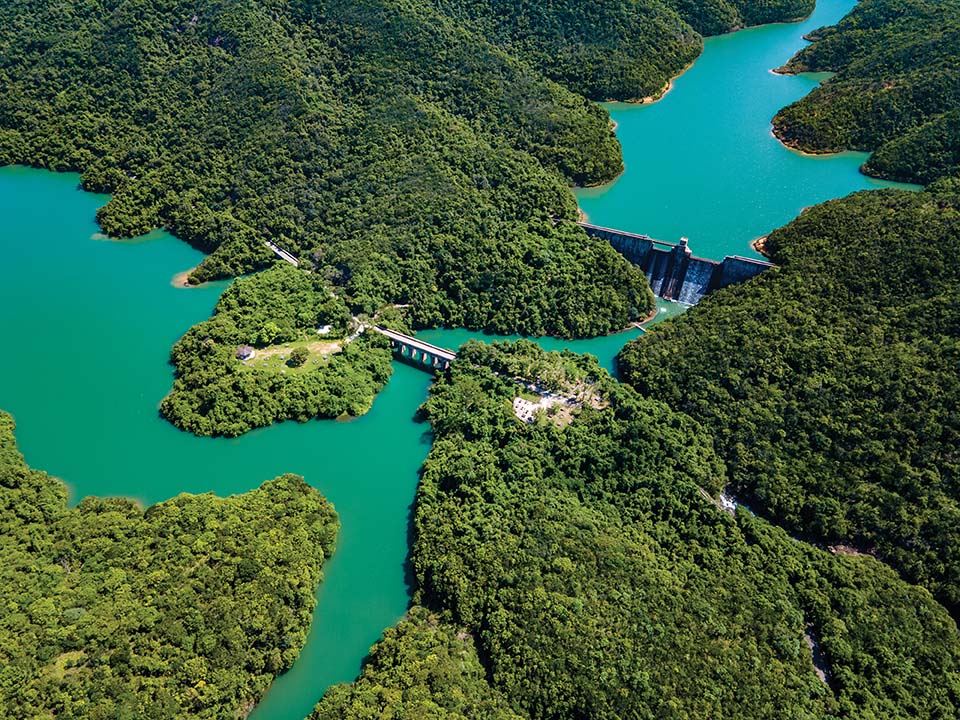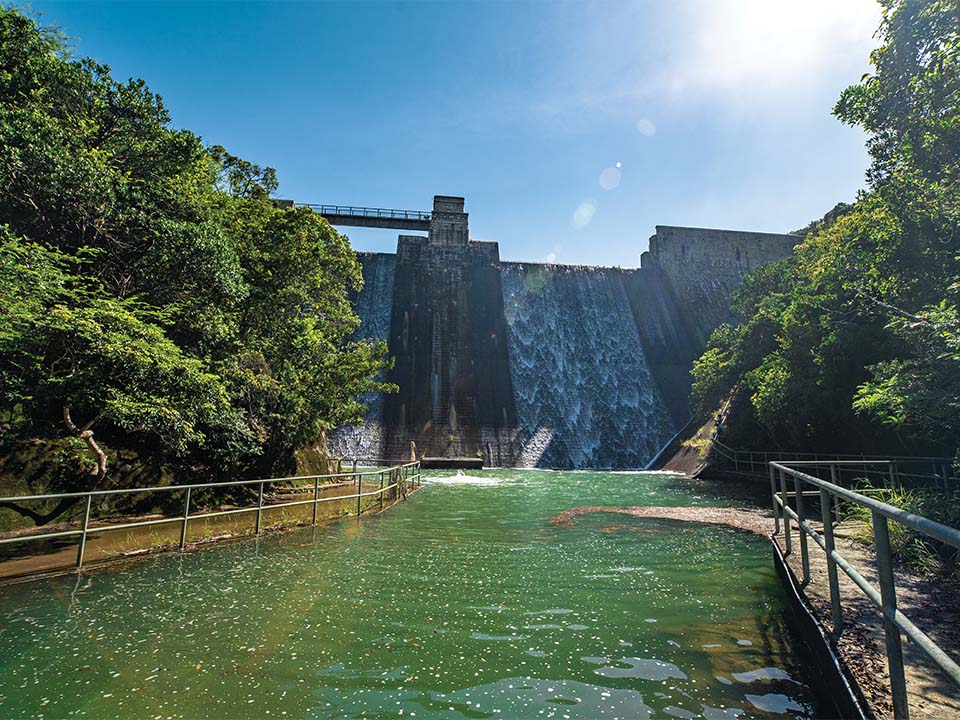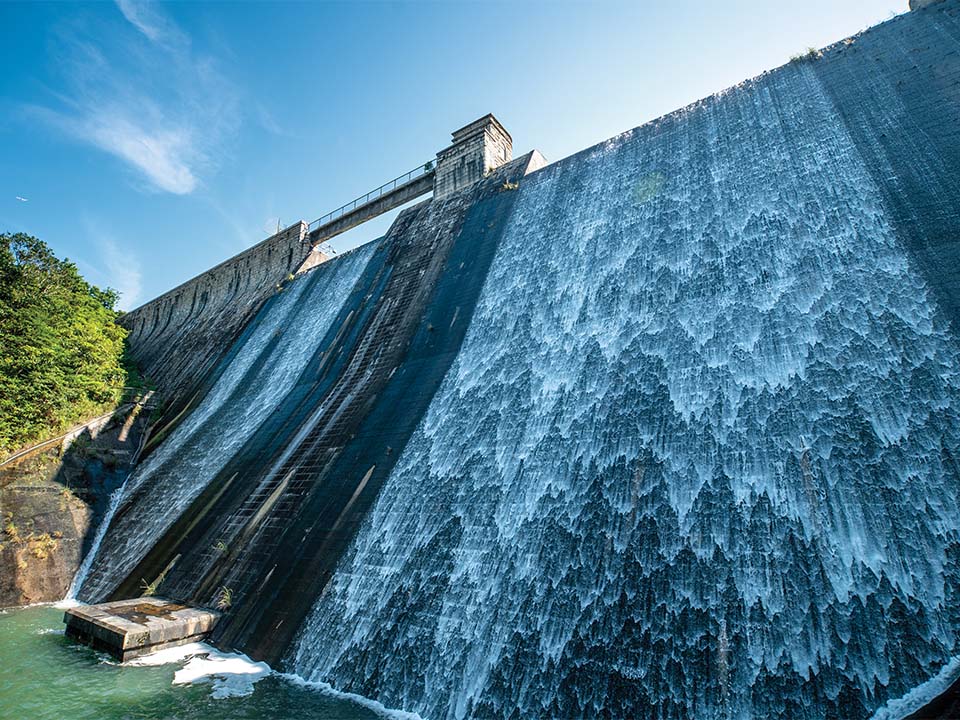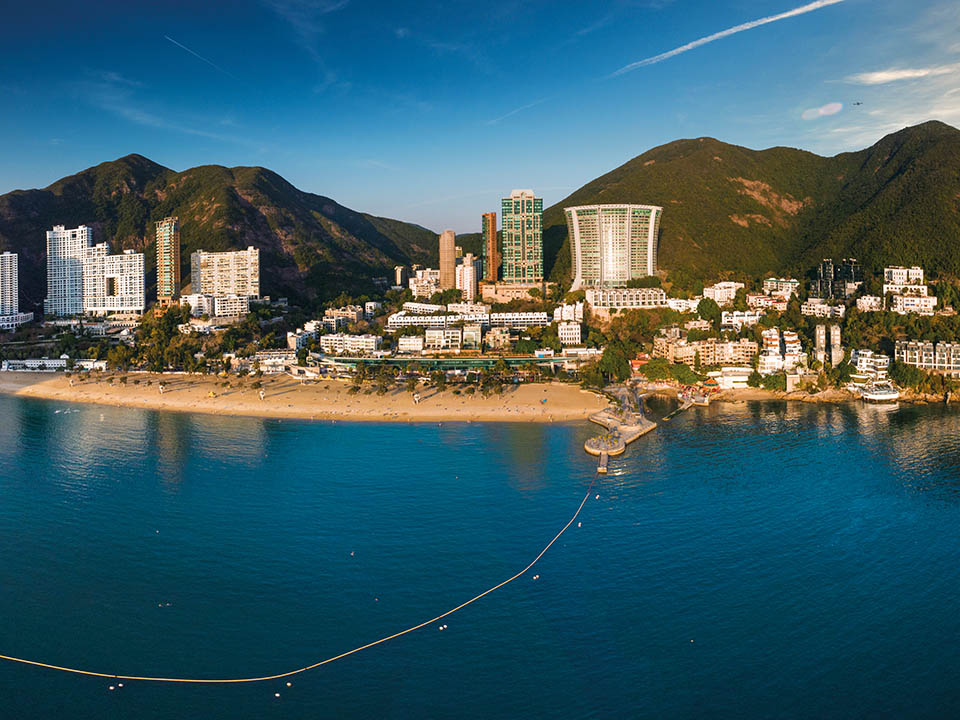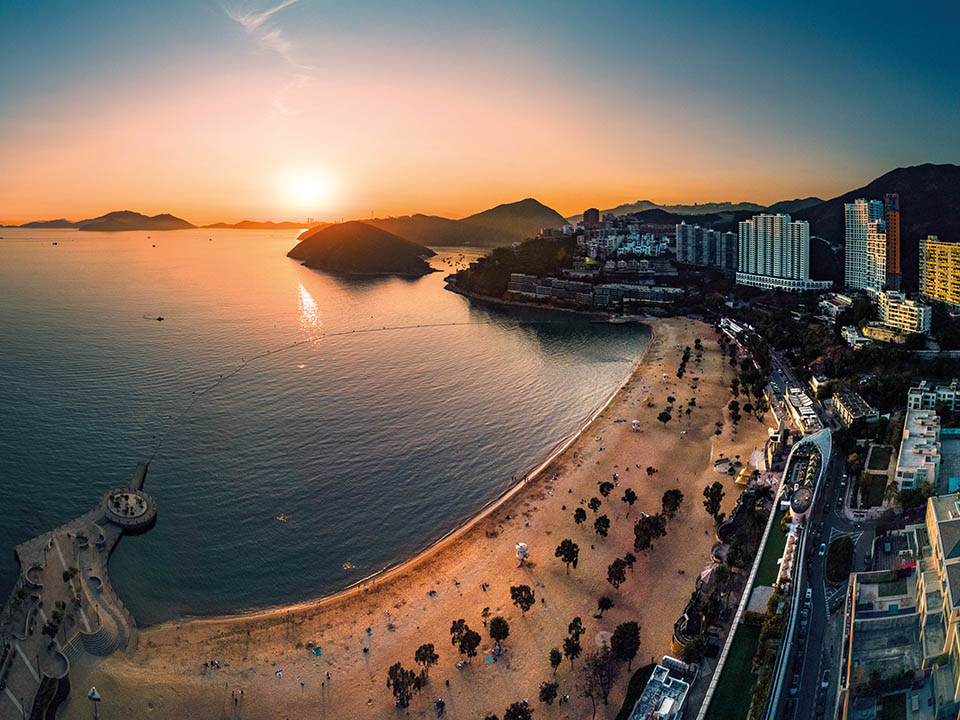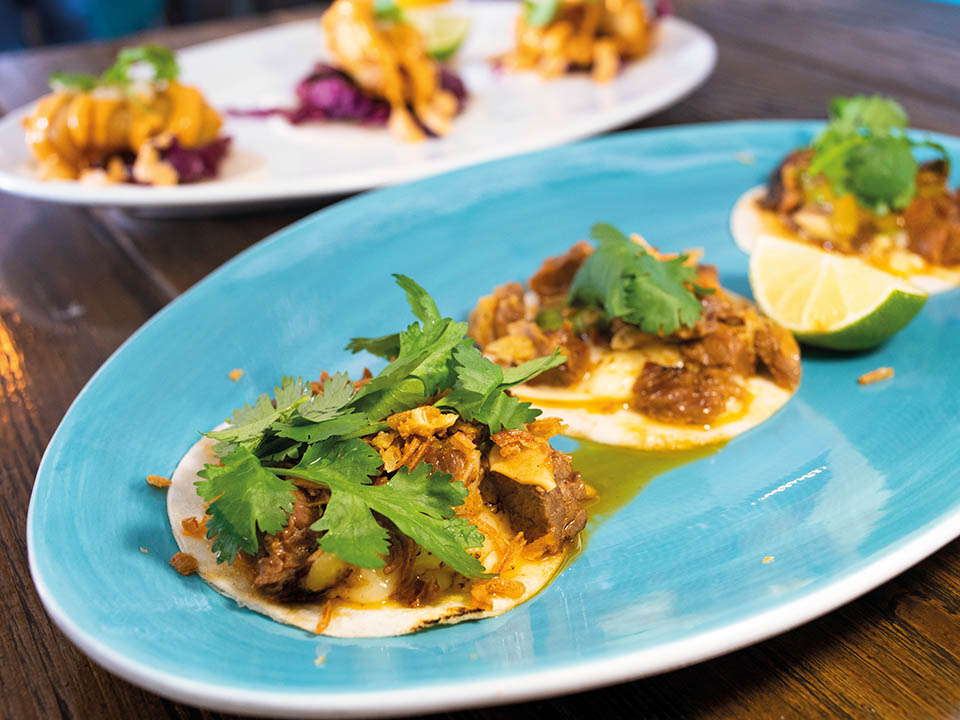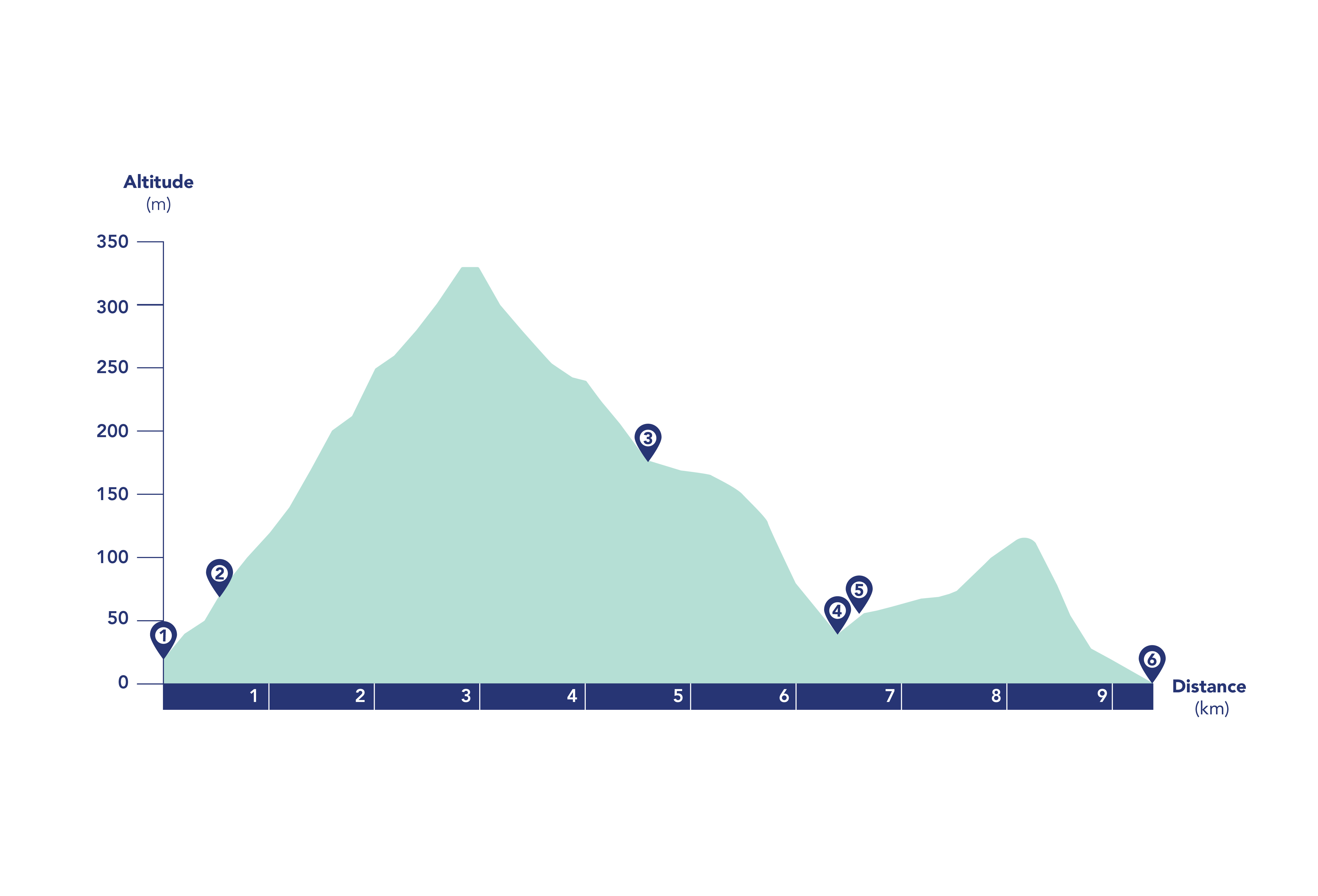
Written by South China Morning Post ( Morning Studio )
This moderately easy, north-to-south hike across Hong Kong Island goes from Quarry Bay's bustling high-rise residential and commercial area, across the lush-forested Mount Parker and Tai Tam Country Park and ends at the beautiful beach destination of Repulse Bay. It passes a historic Edwardian-style red-brick building linked to a long-closed sugar refinery, and the beautiful, fish-filled emerald waters and impressive dams, bridges and aqueducts forming the Tai Tam Group of Reservoirs, offering a myriad of Instagram-worthy photograph opportunities. You can also explore Tai Tam Waterworks Heritage Trail, linking 21 preserved monuments, dip your toes in the sea at Repulse Bay Beach and unwind over dinner at a waterfront restaurant.

Refuel
There are no kiosks or vending machines along the route. Make sure you bring plenty of water and some snacks before you start.
-
Mount Parker Road Green Trail
This gently sloping paved road is safe and quiet and popular with residents and joggers all-year round. Thick tree cover shades the pathway as it meanders up towards Tai Tam Country Park with several observation decks along the route offering good views overlooking Quarry Bay and Tai Koo. As you leave Quarry Bay behind, the noise of the city slowly fades away and you find yourself relaxing as you immerse yourself in the sights and sounds of nature.
Get me there
-
Woodside Biodiversity Education Centre
The elegant Edwardian-style red-brick house, a Grade II historic building, originally built in the 1920s as a residence for staff at Quarry Bay's Taikoo Sugar Refinery, was renovated in 2012 and is now the city's first biodiversity education centre specialising in Hong Kong's variety of plant and animal life. It houses three galleries offering a fun, interactive introduction to Hong Kong's impressive range of wildlife. If you have time, explore the nearby winding 1 km-long Quarry Bay Tree Walk, which passes through hillside clearings with overgrown World War II brick field stoves — built as part of the city's defence preparations — and signs identifying more than 20 tree species.
Get me there
-
Tai Tam Upper Reservoir Dam
As you look at the crystal-clear reflections in the reservoir's emerald waters beside the towering dam in tranquil Tai Tam Country Park, surrounded by lush trees and mountains, you could be forgiven for imagining you have entered a secret garden. Completed in 1888, Tai Tam Upper Reservoir Dam is the most northerly of the four dams linked to Tai Tam Group of Reservoirs — the others are Tai Tam Byewash, Tai Tam Intermediate and Tai Tam Tuk Reservoir Dams — which were built to provide drinking water to Hong Kong Island. It marks the beginning of the 5 km-long Tai Tam Waterworks Heritage Trail, covering 21 historical granite and concrete structures, including the dams, bridges and aqueducts built between 1883 and 1917, which have been declared as monuments. Stand still and close your eyes as you savour the area's serene setting — and make sure to get that perfect Instagram picture of the sun's rays sparkling on the water!
Get me there
-
Tai Tam Tuk Reservoir Masonry Bridge
As you reach the junction between Tai Tam Intermediate and Tai Tam Tuk reservoirs, you will see a beautifully designed round-arched masonry bridge — one of four built in 1907 along Tai Tam Tuk Reservoir's western shore, which ensure easy public access through Tai Tam Country Park's reservoir system. The best place to admire and photograph the bridge is further along the trail beside Tai Tam Intermediate Reservoir. The walls running along the top of all the bridges — two of which are quite high — are lined with decorative cornices and rough-covered, curved granite stones.
Get me there
-
Tai Tam Intermediate Reservoir Dam
Tai Tam Intermediate Reservoir, built between 1904 and 1907 as the first phase of the Tai Tam Tuk Scheme, adds about 740 million litres to the island's water supply system. Seventy years after its completion, the top of the reservoir dam's 12 spillways — used for draining sudden flood waters — was left looking slightly indented after being lowered by three metres for safety reasons.
Get me there
-
Repulse Bay
Repulse Bay's spectacular 292-metre-long beach of soft, white sand is the perfect place for well-earned rest after your hike. Its beautiful, unspoilt setting and calm clear waters have long made it one of Hong Kong's most popular seaside destinations. Dip your toes in the sea while sipping an ice-cold beer, or savour the soft touch of the sea breeze on your face as you unwind over a relaxing meal at one of the many waterfront restaurants. You can also pay your respects — and take great Instagram photos — while visiting the colourful shrines of two deities, Kwun Yam, the Goddess of Mercy and Tin Hau, the Goddess of the Sea, at the southeastern end of the beach.
Get me there
-
Dining Option
The Pulse
Located on Repulse Bay's promenade, the Pulse offers a great variety of al fresco dining and shopping options — right on the waterfront. Food lovers can choose from a number of seaview restaurants, which serve a variety of Western and Southeast Asian favourites, including fresh oysters, fish tacos, pizzas and pasta, Thai curries and meat-on-skewer satays.
Get me there

Transport
Getting to Mount Parker Road Green Trail
From MTR Quarry Bay Exit A, head right on King’s Road for about 250 metres. Mount Parker Road will be on your right with a large sign announcing the start of the Mount Parker Road Green Trail.
Leaving from Repulse Bay
Take bus 6, 6X or 260 from Repulse Bay Beach bus stop to return to MTR Central and Hong Kong stations, or minibus 40 or 40X from Repulse Bay bus stop to Causeway Bay, respectively.
More Routes

Written by South China Morning Post ( Morning Studio )
This moderately easy, north-to-south hike across Hong Kong Island goes from Quarry Bay's bustling high-rise residential and commercial area, across the lush-forested Mount Parker and Tai Tam Country Park and ends at the beautiful beach destination of Repulse Bay. It passes a historic Edwardian-style red-brick building linked to a long-closed sugar refinery, and the beautiful, fish-filled emerald waters and impressive dams, bridges and aqueducts forming the Tai Tam Group of Reservoirs, offering a myriad of Instagram-worthy photograph opportunities. You can also explore Tai Tam Waterworks Heritage Trail, linking 21 preserved monuments, dip your toes in the sea at Repulse Bay Beach and unwind over dinner at a waterfront restaurant.

Refuel
There are no kiosks or vending machines along the route. Make sure you bring plenty of water and some snacks before you start.

Transport
Getting to Mount Parker Road Green Trail
From MTR Quarry Bay Exit A, head right on King’s Road for about 250 metres. Mount Parker Road will be on your right with a large sign announcing the start of the Mount Parker Road Green Trail.
Leaving from Repulse Bay
Take bus 6, 6X or 260 from Repulse Bay Beach bus stop to return to MTR Central and Hong Kong stations, or minibus 40 or 40X from Repulse Bay bus stop to Causeway Bay, respectively.



